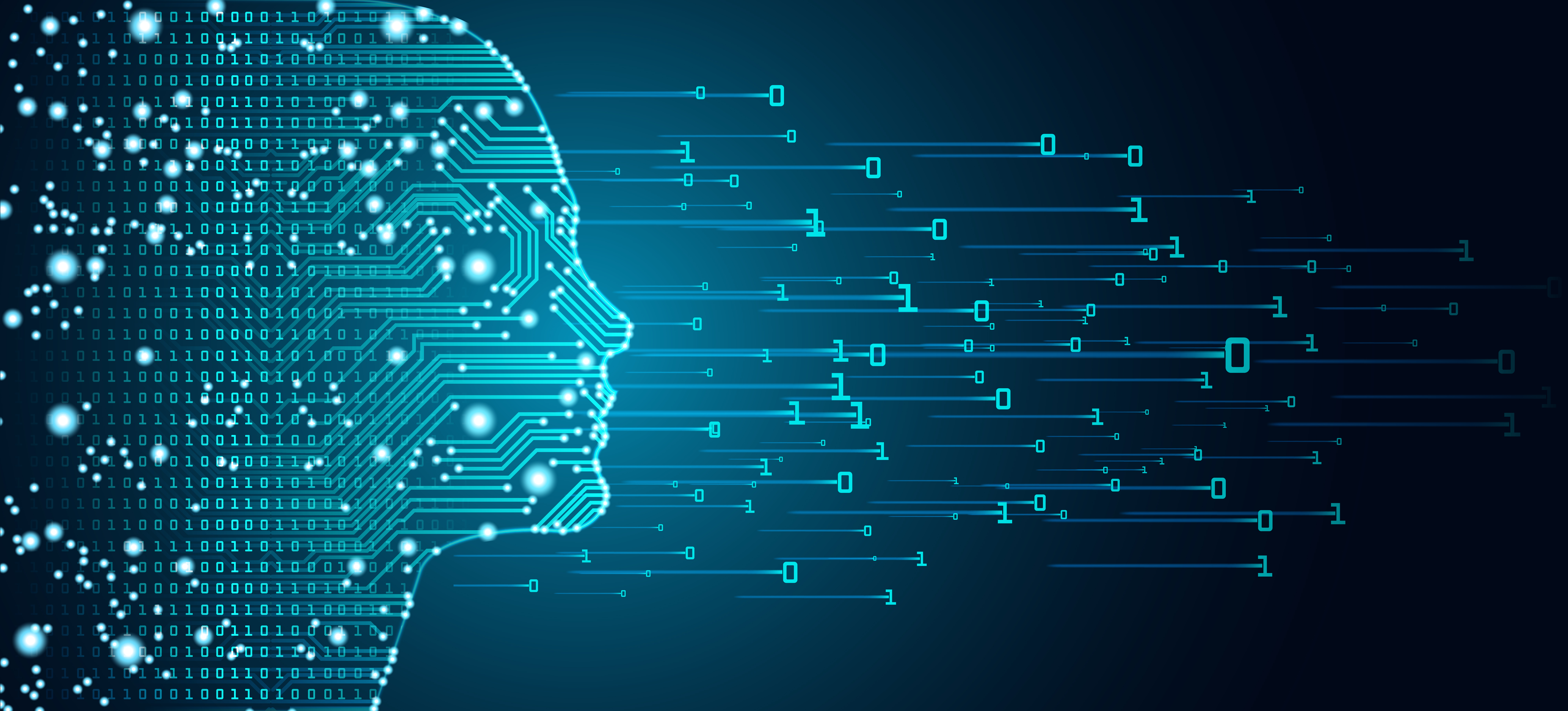26/03/2021
We reported back in September that the UK Intellectual Property Office (UKIPO) set out a call for views on Artificial Intelligence (AI) to understand the implications AI might have for Intellectual Property (IP) policy. The UKIPO set out questions relating to each of: patents, copyright, designs, trade marks, and trade secrets. In the government’s words, the aim of the call for views was to understand the relationship between AI and IP. It did not seek to consider the impact of concepts such as AI superintelligence, or an AI as a legal entity. The call for views indicated a willingness to listen, and it was hoped that this would be beneficial for patentees, as well as the AI industry as a whole.
We at Reddie & Grose had the opportunity to discuss the UKIPO’s call for views, and in particular the UKIPO’s questions relating to patents, with industry leaders which provided a good insight into the industry’s view on the UKIPO’s approach to AI, the impact the patent system may have on AI moving forward, and how it may be improved.
While some questions brought about differing views, a consistent topic of agreement is on the IPO’s exclusions to patentability, and in particular how the IPO approaches the rapidly evolving field of AI while applying sections of the Patents Act prepared before 1977. It seems there is a strong appetite for a change in approach, particularly relating to patentable subject-matter, in order to acknowledge and keep up with the significance of computer implemented inventions and especially those related to AI. The current interpretation of the exclusions can make it difficult to obtain patent protection for some AI based inventions, thereby de-incentivising innovation and indeed research and development (R&D) spending in this sector. This is particularly the case in relation to advancements in AI itself.
The government has now provided the outcome of the consultation and sets out its response to the call for views here.
The call for views received 92 responses. This is positive in that it demonstrates significant interest and engagement from the technology sector, but the responses (discussed more below) demonstrate a desire for change. These responses came from various sources including individual IP attorneys, trade bodies, industry associations, tech sectors, creative industries and other sectors.
While the UKIPO’s questions related to patents, copyright, designs, trade marks, and trade secrets, it was generally felt that the law relating to the latter three areas of intellectual property is adequate to address challenges of AI at present, but should be kept under review. In relation to copyright, the main area of focus was the importance of putting human creators first, and in particular, it was stated by some that works created solely by AI should not be protected by copyright at all. This piece, however, will largely focus on the views on the patents-related questions. The views can helpfully be split into four themes set out in turn below.
Aims of the patent system
The UKIPO asked, what role can/does the patent system play in encouraging the development and use of AI technologies?
The majority of responses were positive, suggesting that the patent system strongly encourages work in the field, but highlighted that there is scope for improvement. It can be difficult to protect investment without intellectual property (IP), and in particular, patents. Investment is also often difficult to find without governmental R&D benefits, which can require patents to obtain.
In 2018 in the AI sector deal policy paper, the UK government set out an aim of raising total R&D investment to 2.4% of GDP by 2027 and 3% over the longer term with the AI sector playing a growing role in meeting this ambition with a potential contribution of £200 billion or 10% of UK GDP by 2030. It is hard to imagine that such an increase will be achievable without IP incentives allowing innovators to protect their inventions.
This economic argument is strong in favour of the patent system being more favourable to AI. In an evidently growing field of technology, incentivising innovation will directly increase spending and thereby create many good jobs with high earnings in the UK. However, while adjusting the patent system to look more favourably on AI inventions, it is equally important to ensure that a reasonable scope of protection is granted to an applicant. Providing a full term of protection with a scope that is broader than is warranted may hinder innovation and discourage innovators.
The government acknowledges the economic importance. Under “next steps”, the government states that they will: “Commission an economic study to enhance our understanding of the role the IP framework plays in incentivising investment in AI alongside other factors. This will draw together the international evidence. Additionally, engage with other government departments to gather emerging data and understanding of the drivers of the AI sector in the UK context. This will provide an evidence base on which to judge whether there is a rationale for further intervention in the area”.
AI as an inventor
This has been a hot topic of late, particularly with the High Court’s decision on the “DABUS” case concerning ownership and inventorship of an invention created by a “Creativity Machine” (a particular type of connectionist AI).
There is often a lack of distinction between AI general intelligence and AI narrow intelligence, the latter being the type of AI currently in use. It is important to frame discussion in the context of what contribution a human makes in the inventive process. What should be assessed is whether a machine can make an equivalent contribution.
Generally, there was a consensus that AI itself should not own intellectual property rights. But there were differing opinions on whether works or inventions created by AI should be protected. In particular, there was a division in opinion whether it was possible for AI to devise an invention without human involvement. It was generally agreed, however, that without the existence of an AI general intelligence, current AI systems cannot be considered independent agents seeking patent rights. For that reason, most respondents did not feel there was a moral case for recognising AI as an inventor. A few respondents did caution that it may be more honest or transparent to recognise AI systems as inventors in order to prevent people taking false credit for contribution to an invention, merely because they own or control the AI system.
Arguments were made that providing patent protection for AI generated inventions would encourage innovation, as those who build, own and use AI would be able to protect their investments in research and development.
When asked: should patent law allow AI to be identified as the sole or joint inventor?, it was acknowledged by some respondents that the definition of “inventor” in patent law should be clarified, with a suggested definition given as “a person by whom the arrangements necessary for devising an invention are undertaken”. On a similar note, the UK Patents Act does not define “invention”. Fundamentally, therefore, how do we distinguish what is or isn’t an invention? There is a general feeling that an “invention” must be derived by a human mind, but this fundamental definition of invention may need clarification and there is the potential for litigation on this point.
The government acknowledges the view that the current approach to inventorship criteria potentially has a detrimental impact on innovation, including transparency in the innovation process. They recognise that AI systems have an increasing impact on the innovation process and “want to ensure the intellectual property systems support and incentivise AI generated innovation”. To that end, the government aims to consult later on in 2021 on a range of possible policy options, including potential legislative change.
Conditions for Grant of a Patent
Patent Exclusions
The exclusions of the UK Patents Act (UKPA) section 1(2)(a) and (c) (patentable inventions) were a main concern for many respondents. Whilst it does depend on the type of AI innovation, it is generally felt that the UK patent system needs to be brought in line with modern technology, allowing it to become more fair to AI inventions. Interestingly, this view was expressed across all categories of respondents, who argued there is less incentive to innovate without access to patent rights.
Most notably, this applies to core AI development. Strong opinions were submitted that, fundamentally, evolution of the AI technology itself has to be patentable. These improvements to AI itself are rare and difficult, and will be very widely used. Inventors of these must therefore be rewarded for their efforts. This is a very different question to inventions made using AI and must be distinguished as such.
Developed case law makes it such that patenting improvements to AI is difficult in the UK. Improvements to AI algorithms are often considered excluded mathematical methods as such, as it is considered that there is no purpose or specific technical problem being solved and the computer system itself is not being improved. Classification is not considered a technical process, and that is essentially at the core of the technology. The issue, potentially, is that there is no acknowledgement that improving AI itself is actually a “problem”. A number of responses reflected that a patent limited to the specific technical application of core AI innovation is not a satisfactory solution to the problem.
Notably, some respondents explained that it is hard to predict the outcome of UKIPO decisions on exclusions, leading to uncertainty and negative implications for business.
In their “next steps”, the government positively intends to: “publish enhanced IPO guidelines on patent exclusion practice for AI inventions and engage AI interested sectors, including SMEs, and the patent attorney profession to enhance understanding of UK patent exclusion practice and AI inventions. The IPO will review its patent practice in preparation for the guidelines and establish any difference in outcome for AI patent applications filed at the IPO and the European Patent Office (EPO)”. It is hoped that this will bring clarity to the patent exclusions while potentially amending the system to be more favourable towards AI.
Inventive Step
The UKIPO posed the questions: Does or will AI challenge the level of inventive step required to obtain a patent? If yes, can this challenge be accommodated by current patent law, and should we extend the concept of “the person skilled in the art” to “the machine trained in the art”?
A change in the state of AI technology may dramatically change the state of what is considered obvious and alter the application of novelty and inventive step to such inventions and perhaps more broadly. There is a lot that may be considered “obvious” to an AI that would not be considered obvious to a human.
A large proportion of the responses believed that the person skilled in the art has a range of tools available to them and AI may indeed be one of these tools. This means that it may not be necessary to extend the concept to the machine trained in the art.
It is possible that AI will erode the question of what is obvious as it develops. AI will relatively shortly become available to everyone. Everything (or at least a lot) will potentially seem obvious as AI will be very effective at solving problems given to it. This will increasingly become the case as AI becomes a commodity. It may be asked, therefore, why should one be granted a patent for using AI which is widely available?
Of the respondents who believe AI is a tool available to the skilled person, some believed that the level of inventive step required would change as AI tools improve and more modifications are considered obvious.
Clearly, the idea that more and more inventions will be considered obvious due to AI advancements is not beneficial to any party. Thus, there must be established a benchmark of how the inventive step of AI inventions is assessed. This may include keeping a detailed record of the available AI at any time. Doing so alludes to the concept of a “machine trained in the art” and being able to establish the capabilities of an AI machine at any given priority date. However, a definition of such a machine may in practice be impossible and one questions the practicality of doing so. It may be prudent to introduce a separate assessment of inventive step for AI inventions. Whilst this may seem a drastic step, the number of AI inventions is growing phenomenally, and the change in technology must be recognised.
The patent system will need to be kept under close review as AI technology develops, particularly if we begin to see the emergence of AI general intelligence.
Infringement
Patent infringement is a tortious act. Therefore, there is a broader legal question that is, who is liable generally when AI commits a tortious act? For example, when an AI breaches a contract. This is not an issue that should be considered only in the vacuum of patent infringement, and is likely something that will be clarified through case law in the coming years.
The general opinion of respondents is that legal persons should be liable when an AI infringes a patent and not the AI itself. However, which legal person should be liable would depend on the facts of each case. It may range from the legal person who performs the infringing act through the AI or makes the necessary arrangements for performing the infringing act, to the owner or developer of the AI.
The majority of respondents felt there would be problems proving patent infringement by AI. Proving patent infringement is difficult because AI is often run as a “black box”.
If an AI is indeed capable of infringing patents, it may de-incentivise businesses creating and using AI, so clarification of who will be liable and when will be important.
Some degree of certainty may exist in that limitations of liability may be written into contracts, and accidental infringement already exists for employees, where some parallels may be drawn.
With respect to patent infringement by AI, the government responded as follows: “The current practice of ‘legal persons’ being liable for infringement appears to be in keeping with most respondents’ views. Many of the problems proving patent infringement by AI already exist when trying to prove patent infringement with other technologies.
We consider that in respect of “AI patents” the courts have appropriate flexibility to make decisions based on the facts of the case. And that claimants are able to use court processes to support their actions. Therefore, we do not currently intend to intervene in this area”.
______________
Under “next steps”, the government states that they will aim to ensure that any measures implemented: encourage innovation in AI technology and promote its use for the public good; preserve the central role of intellectual property in promoting human creativity and innovation; are based on the best available economic evidence.
Positive next steps have been set out and we look forward to seeing these steps put into action over the next year or two. This call for views opened a channel for discussion which will potentially bring about significant change benefitting all parties.
This article is for general information only. Its content is not a statement of the law on any subject and does not constitute advice. Please contact Reddie & Grose LLP for advice before taking any action in reliance on it.



